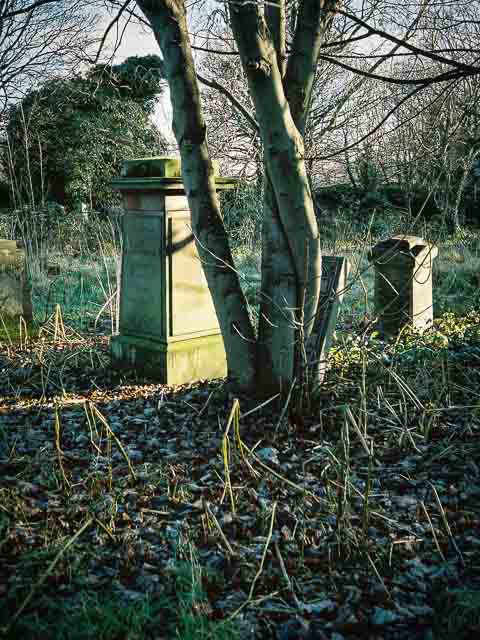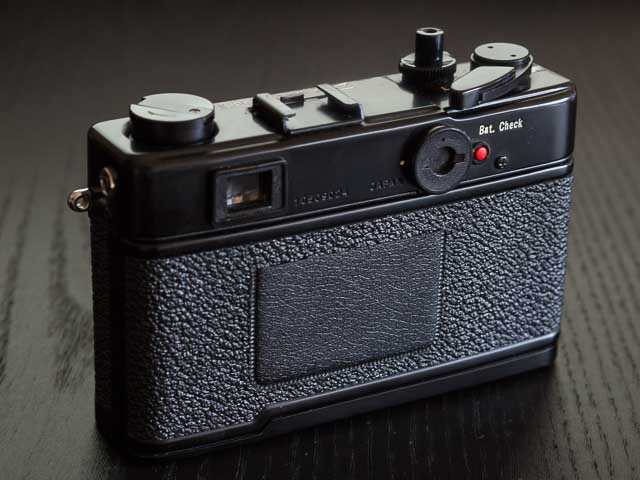Yashica Electro 35 CC



The Yashica Electro 35 CC is my first Yashica, and my 2nd 1970s compact rangefinder.
What makes the 35 CC so unique is the lens: there were many rivals with 35mm lenses, and many rivals with fast f/1.8 or f/1.7 lenses, but as far as I know, this little Yashica was the only compact rangefinder to combine the 35mm focal length with a faster than f/2 aperture.
The Electro 35 CC has a number of advantages over the similar, and much more common, Electro 35 GS and GT cameras: it has that all important 35mm wide angle lens (vs. 45mm on the GS/GT cameras), it is a little more compact, the over and under exposure indicators have moved to the viewfinder, the meter cell has moved to just above the lens and, crucially, behind the filter thread, and finally, it takes the much easier to find PX28 battery rather than the now banned mercury PX32 battery.
The aperture priority automatic mode, though shared by the other Yashica Electro 35 camera, is also unusual: most rivals had shutter speed priority automation. Personally I find aperture is a more important variable in day-to-day photography, so this suits me very well.
To the right you can see how the Yashica Electro 35 CC compares to my other 1970s compact rangefinder, the Olympus 35 SP. I find it interesting how two cameras which at first glance seem to be so similar can in fact be quite different: The Olympus has fully programmed automatic mode, a useful metered manual mode, spot metering and a hot shoe.
The Yashica counters with a more useful aperture priority automatic mode and that unique fast 35mm lens, and a slightly more compact body, but looses out by not having any manual mode at all, and a cold shoe rather than the hot shoe on the Olympus.
I recently put a film through the Yashica (see below for example shots). In practice I think I think the Olympus is a nicer to use camera. The big problem with the Yashica is that you get no indication what-so-ever of the shutter speed the camera will use. So if you want to, for example, set the widest aperture possible in the prevailing light conditions, you have to repeatedly make small adjustments to aperture then press the shutter button to see if over exposure will occur.
But having said that, at least on 6x4” prints, the results from the 35mm f/1.8 lens with Kodak Portra 160 film were nice and sharp.
Photographs taken with the Yashica Electro 35 CC
This photograph were all taken at Warriston Cemetery in Edinburgh on Kodak Portra 160 film









